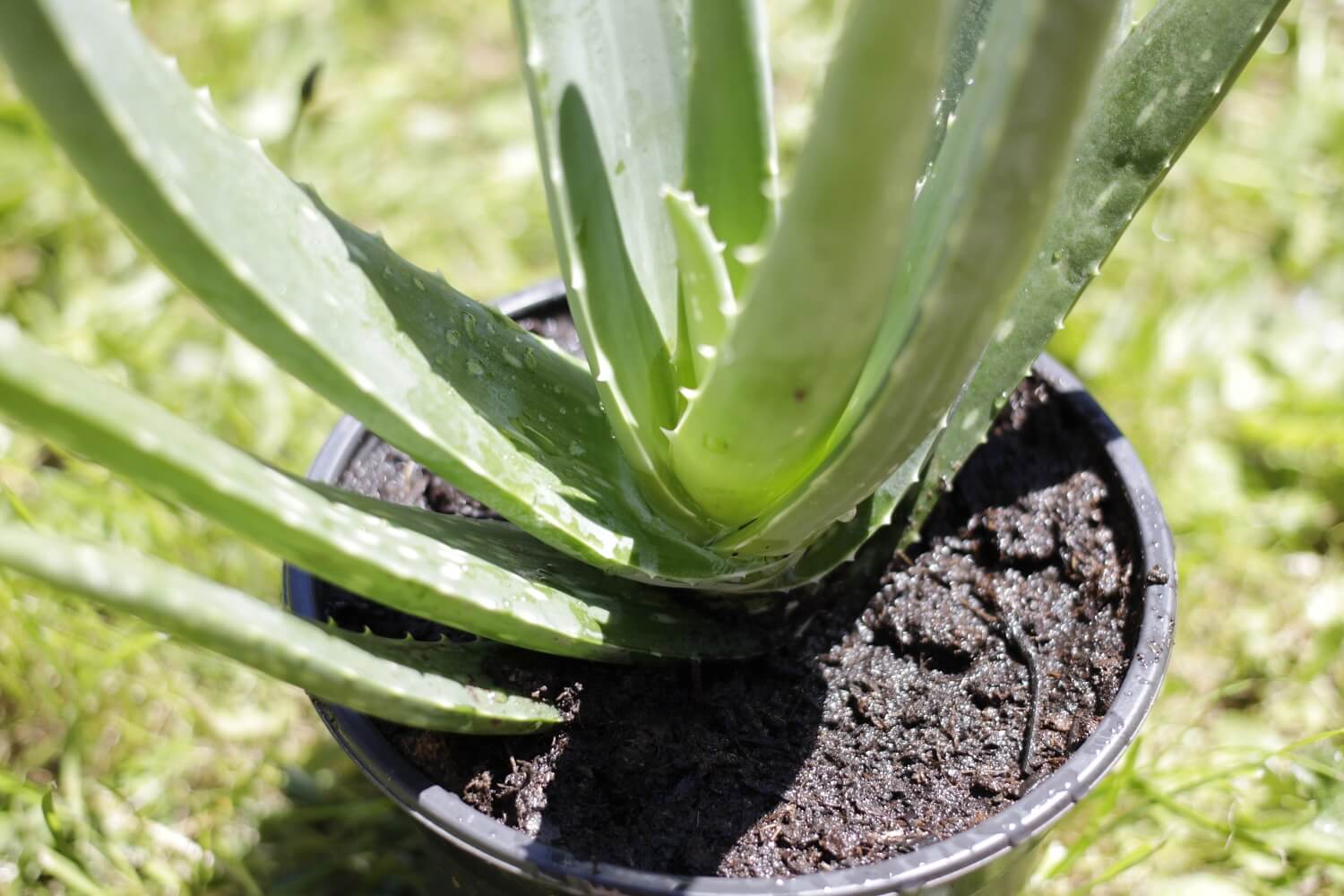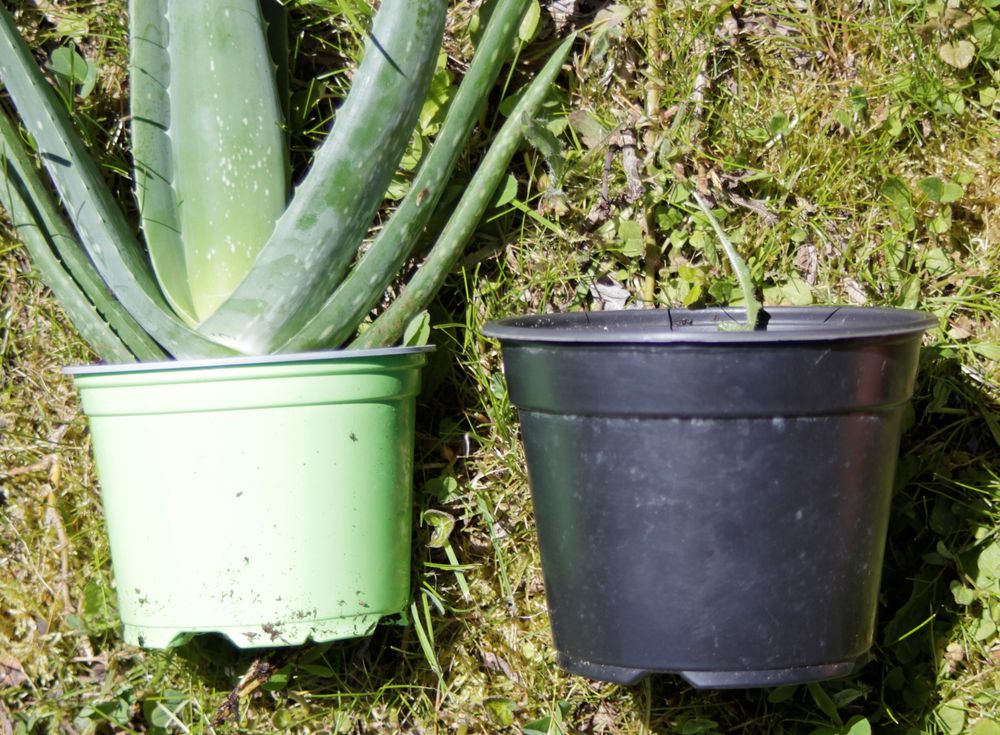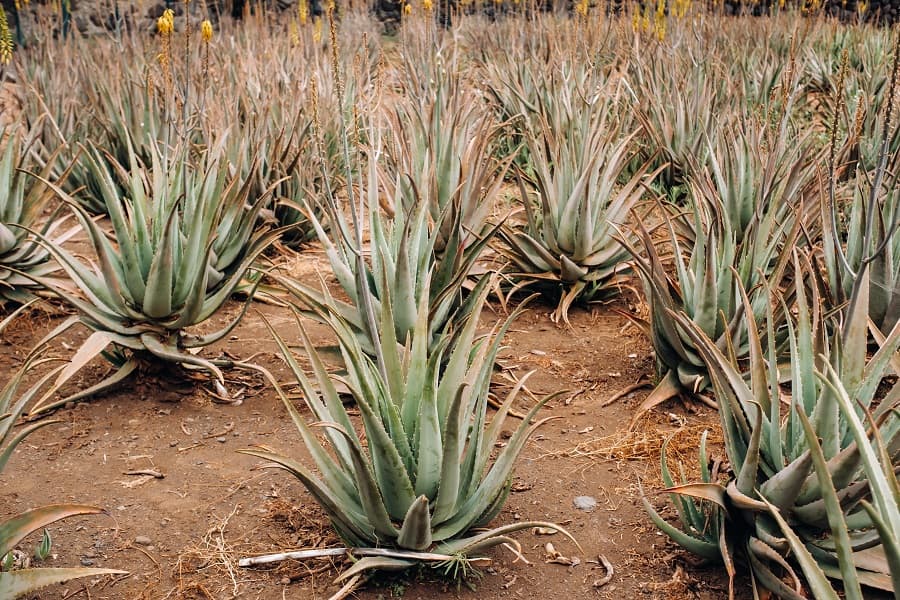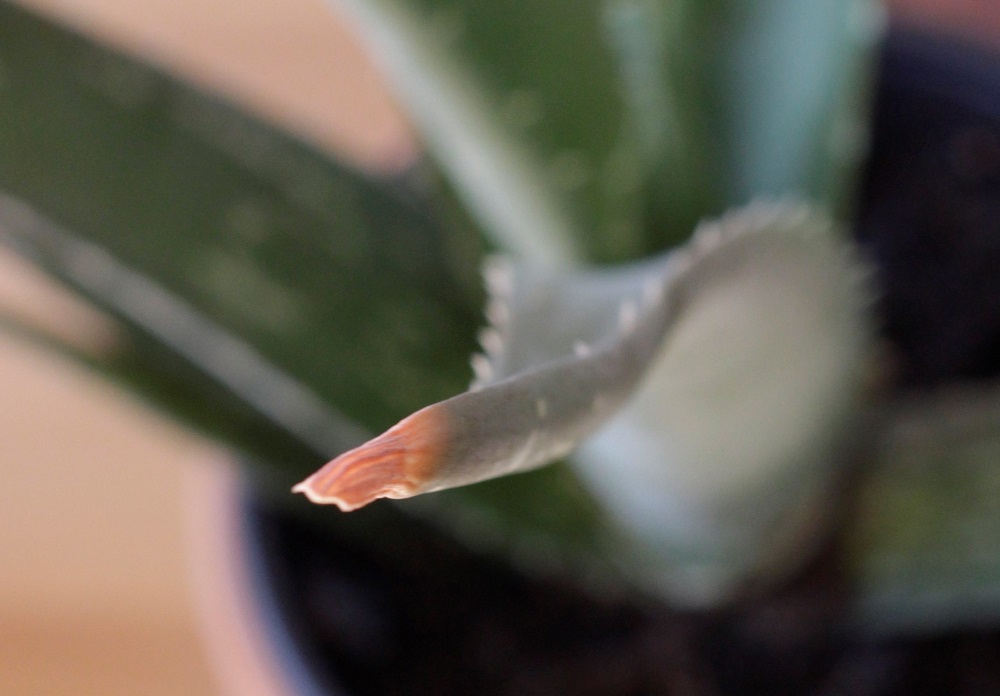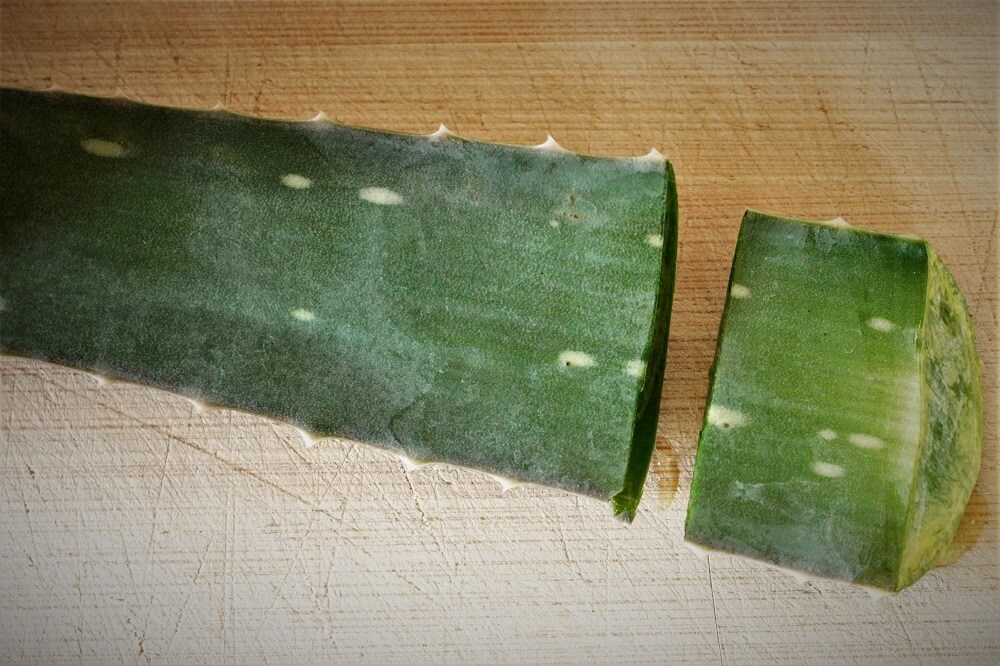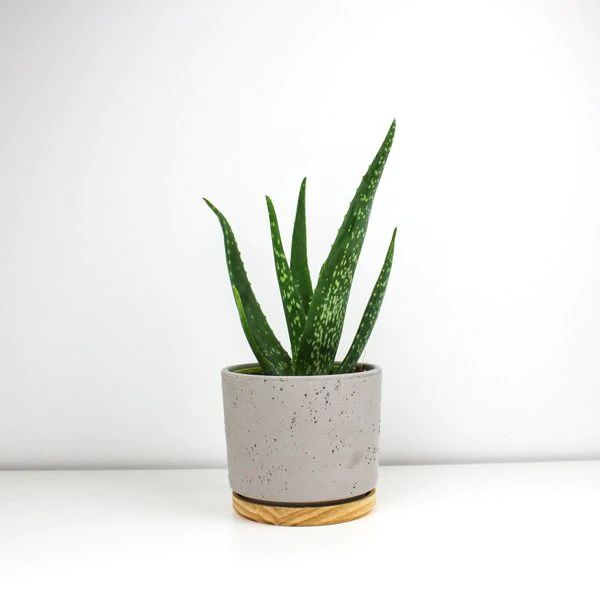Information about the plant
In this section you will find basic information about aloe vera. We describe its
Properties , possible uses and care tips.
Classification of aloe vera in the plant world
Aloe vera belongs to the
Order of asparagus-like plants. The Latin name for this is "Asparagales". Plants of this order are often used as ornamental plants for parks or private gardens, but also
used as cut flowers. It is also striking that most of the 14 families belonging to this order are used as medicinal plants, as is the case with aloe.
Furthermore, the
Aloe vera belongs to the grass family. The Latin name for this is "Xanthorrhoeaceae". The matching
Subfamily are the Affodillaceae which are called "Asphodeloideae" in Latin.
The genus in which the plant is classified is the aloes. In addition to the true aloe, there are over 500 other species in this genus. The genus is characterized by a stem axis in the middle of the plant, around which the mostly fleshy leaves are arranged in a chain, two-pointed or dissected form.
Die
species is the true aloe. The term was translated from Latin and is called Aloe Vera here . It is one of the most popular green plants in many countries.
Descent and origin
The exact origin of aloe vera cannot be traced back exactly. However, it is likely that
the plant originates from the Arabian Peninsula .
Today, the plant is cultivated in all subtropical and tropical regions of the world. The plant is also increasingly being cultivated in countries in the Mediterranean region, India and the Indian islands and in Mexico.
Growth habit and size
An aloe vera can grow up to 70 cm tall. To keep the plant smaller, which is useful when keeping it as a houseplant, for example, the outer leaves can simply be removed.
can simply be removed. The growth of the plant is stemless. The fleshy leaves grow directly from the center of the plant. In this way, the leaves constantly form new rosettes. The growing leaves are fleshy and contain aloe vera gel.
Small spines grow on the edge of the leaves.
Blossom
Aloe vera can only be expected to flower from the age of three. The plant also needs to be well cared for. It has been shown that a cool but frost-free overwintering period is
is conducive to the flowering of the desert lily.
If the right conditions are in place
the succulent flowers annually in early spring between March and May. The flower shape is tubular in racemes. The flower grows from the center of the plant in an upright inflorescence on which the individual flowers then form.
The plant's flowers can be admired for several weeks. This is because not all the flowers on the inflorescence bloom at the same time but open one after the other.
Pests and diseases
The plant is robust and not susceptible to pests or diseases. The only cause that makes it look as if the plant is ill is overwatering and the resulting waterlogging.
This quickly leads to root rot, which then causes the plant to die. However, this can easily be prevented with the right substrate and the right amount of watering.
How old does an aloe vera plant grow?
Up to 100 years old can become the desert lily. With the right care, it can also grow very old as a houseplant. You also have the option of propagating the plant so that you have an aloe vera forever, so to speak.


